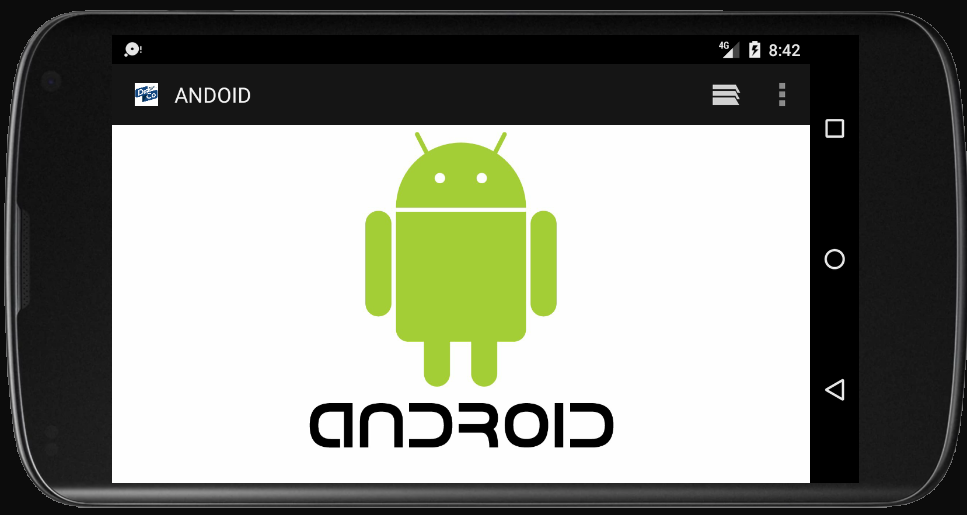

- ANDROID EMULATOR MAC PATH INSTALL
- ANDROID EMULATOR MAC PATH ZIP FILE
- ANDROID EMULATOR MAC PATH ARCHIVE
- ANDROID EMULATOR MAC PATH ANDROID
To install XCode and setup the emulator just follow the steps listed at. XCode is also a prerequisite for using the iOS emulator on your system. Having installed XCode is also a prerequisite for being able to use the iOS emulator. In order to develop Flutter applications for iOS you need to be working on an macOS platform and install XCode as a prerequisite. If you’d like to setup XCode and use the corresponding emulator on your Mac just follow the steps in listed at By using these virtual mobile devices you can run those apps easily when developing.
ANDROID EMULATOR MAC PATH ANDROID
When developing Flutter apps for iOS or Android you need to setup corresponding emulators on your system first. By using the doctor option you can check if we need to install further dependencies Now that we’ve added to the PATH we’re ready to use the flutter command for various purposes. You should then be able to see an output which is similar to the following screenshot: You can also check for the location from which flutter is used by using the which command in the following way: bash_profile (located in your user’s folder) and add the following line at the bottom:Įxport PATH="$PATH:/development/flutter/bin"Īfter restarting the terminal you know should be able to execute the flutter command from any location: Adding the path permanently can be done by performing the following actions. In most cases you’d like to add the Flutter SDK path permanently to your PATH variable, so that you’re able to use the flutter command in any terminal window. This means that after opening up another terminal session, the export command has to be executed again to make the flutter command available. Using the export command sets the PATH for the current terminal session. This can be done by using the following inside of the development directory: Next we need to add the /flutter/bin folder to the PATH variable to be able to execute the flutter command from any location. Inside the the folder development you should now find a subfolder flutter which contains the files of the Flutter SDK. $ unzip ~/Downloads/flutter_macos_v1.9.1+
ANDROID EMULATOR MAC PATH ARCHIVE
you can create a new folder development in your user’s directory and extract the content of the archive in this location: The next step is to extract the archive to a location on your computer in which you’d like to store the flutter SDK files.
ANDROID EMULATOR MAC PATH ZIP FILE
The ZIP file which is being downloaded includes the current version number of the Flutter SDK in its name, e.g. To install the Flutter SDK on macOS you first need to download the SDK from :Ĭlick on the blue button to download the latest stable Flutter SDK release as a ZIP archive. However detailed installation instructions für Windows and Linux can be found at. In the following it is assumed that you’re working on macOS.

The installation procedure depends on the platform you’re working on. The SDK is available for the following platforms: Let’s get started … Download And Install The Flutter SDKįirst step is to setup the Flutter development environment. This first episode is about setting up the development environment for Flutter and Dart and running your first Flutter application. No prior knowledge is required as we’ll go through every step which is needed to build Flutter application in detail.

This tutorial series is for everyone who wants to get started with Flutter. Flutter relies on the dart programming language and uses a compiler for natively building applications for the various target platforms. Flutter™ is Google’s UI toolkit for building building applications for mobile, web, and desktop from one single codebase.


 0 kommentar(er)
0 kommentar(er)
